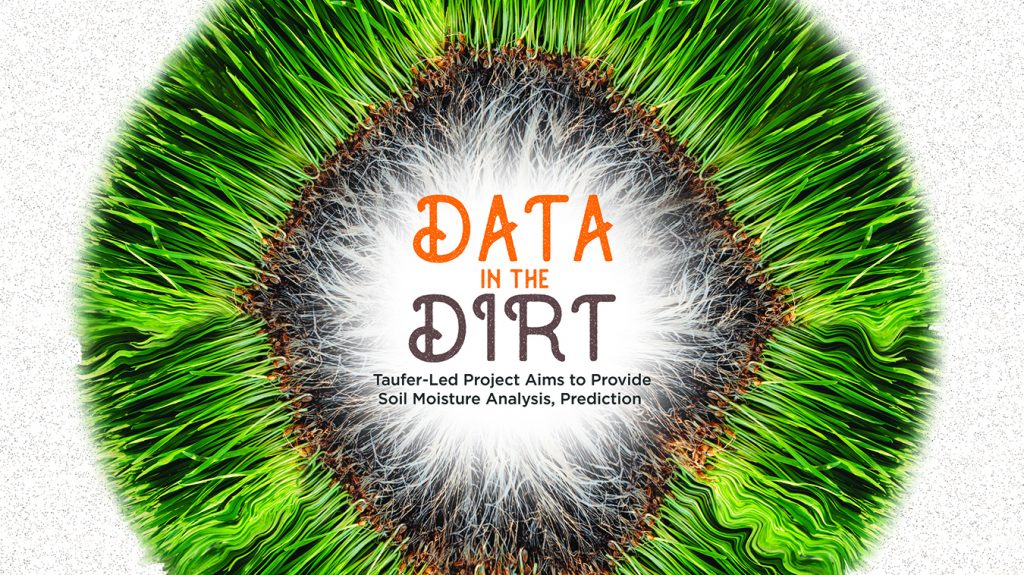Taufer-Led Project Aims to Provide Soil Moisture Analysis, Prediction
Soil moisture levels aren’t something that many people spend a lot of time thinking about, yet our food, indeed our very lives depend on it.
Having an understanding of what current conditions are and being able to act upon that knowledge can mean the difference between crop failure or a bountiful harvest.
Satellite imagery can paint a broad picture, but it isn’t granular and certainly not a feasible way to conduct real-time monitoring, while localized soil monitoring provides accurate up-to-the-minute data, but isn’t feasible on a large scale.
That’s where a project by Dongarra Professor Michela Taufer comes into play, providing hope for precise, timely local data on a massive scale.
“Having accurate data and modelling of moisture levels in soil is vital, especially in the face of a changing environment,” said Taufer.
“Our project reaches across disciplines to design and build a software system based on data that can predict soil moisture at levels necessary to help support agriculture and hydrology, all on a shared model.”
-Michela Taufer
The project, “Software Ecosystem for kNowledge diScOveRY (SENSORY)—a data-driven framework for soil moisture applications,” received $600,000 in funding from the National Science Foundation, with $350,000 coming to Taufer’s team at UT and another $250,000 going to a team led by Professor Rodrigo Vargas in the Department of Plant and Soil Sciences
at the University of Delaware.
There are several components that the teams will need to complete to meet the goal of SENSORY, including areas that concern building up data, storing it, and making it accessible to any and all who might need it.
For Taufer, that includes developing and implementing a software system that can process complex information and provide feedback and knowledge on soil moisture to everyone from people on the ground to those setting policies.
“We also need to be able to analyze and visualize what is happening, which is a challenge to overcome,” said Taufer. “To make sure anyone who needs the data can get it in an equitable manner, we will also build out a network of cyberinfrastructure so that the data and analysis can be stored in the cloud for all to use.”
Being able to gather data at various scales of both space and time is another issue that SENSORY hopes to overcome. When that happens, the data can begin to flow, and the project can truly impact the world around it, locally and globally.
Contact: David Goddard, 865-974-0683
